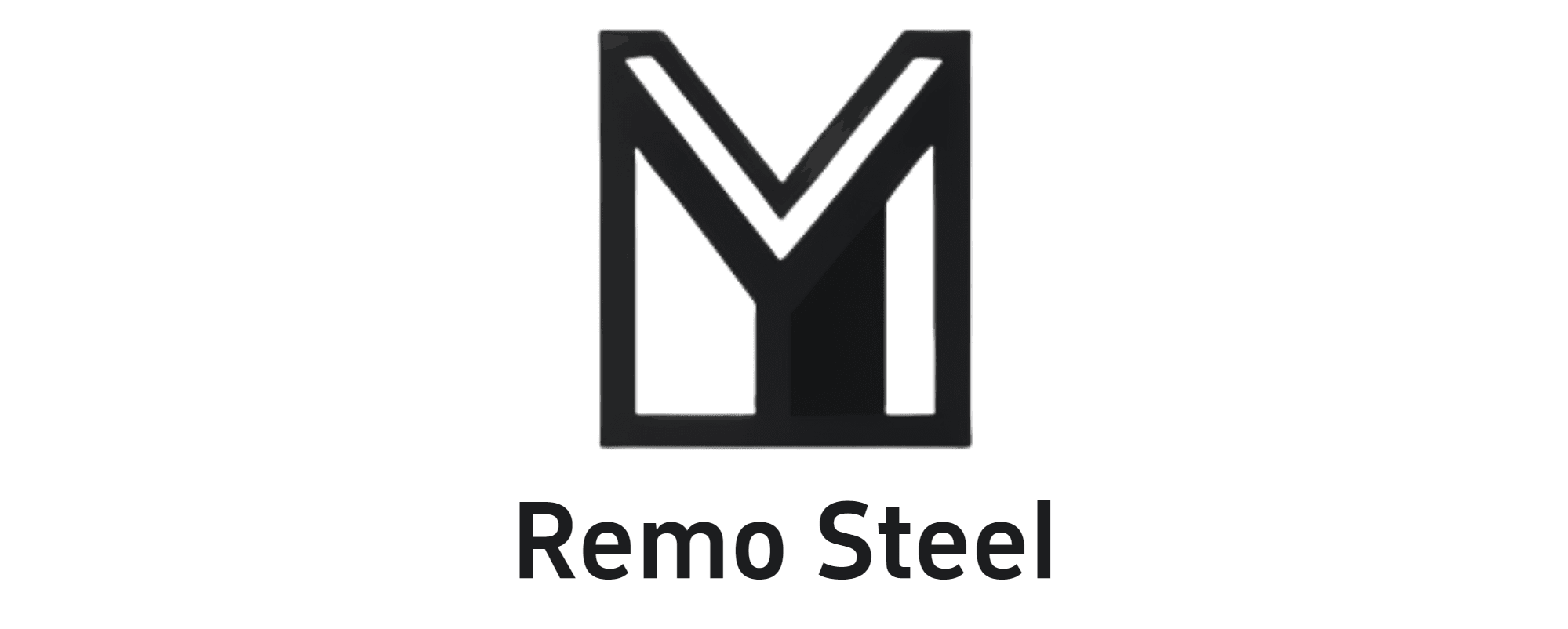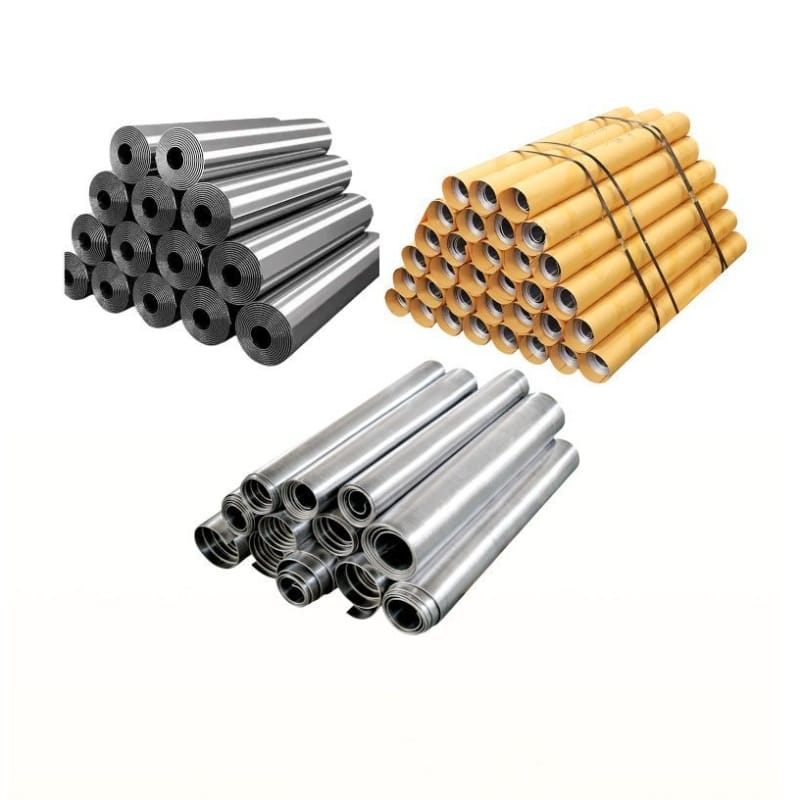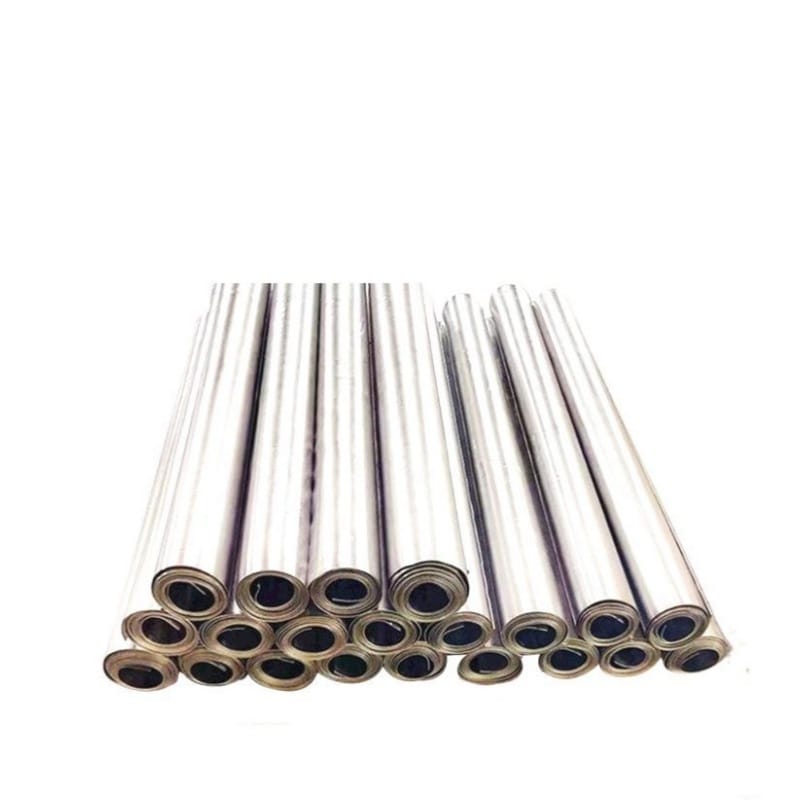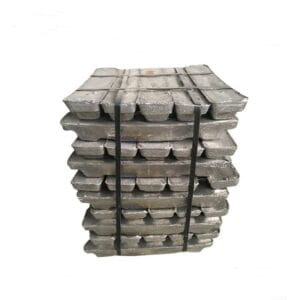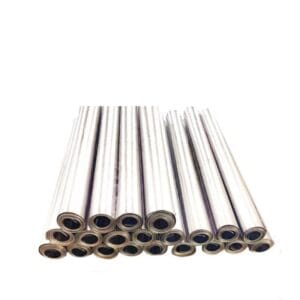Lead Sheet
Lead sheet is a sheet made of pure lead or lead alloy, with high density, good corrosion resistance and radiation shielding performance.
Description
Lead sheet is a sheet made of pure lead or lead alloy, with high density, good corrosion resistance and radiation shielding performance.
Classification
By material:
Pure lead sheet: made of pure lead, with high density and strong corrosion resistance.
Lead alloy sheet: alloy of lead and other metals (such as antimony and tin) to improve mechanical properties.
By use:
Radiation-proof lead sheet: used to shield X-rays, gamma rays, etc.
Corrosion-resistant lead sheet: used for lining of chemical equipment.
Lead sheet for construction: used for roofs, waterproof layers, etc.
By thickness:
Thin lead sheet: less than 5mm thick, suitable for lightweight protection.
Thick lead sheet: greater than 5mm thick, suitable for high protection needs.
Process
Smelting: Heat lead or lead alloy to liquid state.
Casting: Pour liquid lead into mold and cool it into shape.
Rolling: Roll the ingot to the required thickness through the rolling mill.
Cutting: Cut into different sizes as required.
Surface treatment: Polishing, coating and other treatments are performed to improve performance.
Features
High density: Effectively shield radiation.
Corrosion resistance: Good resistance to acids, alkalis, etc.
Flexibility: Easy to process and install.
Non-toxic: Pure lead is non-toxic, but lead compounds are toxic and need to be handled with caution.
Uses
Medical: Used for radiation protection in X-ray rooms and CT rooms.
Industrial: Used for radiation shielding in nuclear power plants and laboratories.
Chemical: Used for lining of corrosion-resistant equipment.
Construction: Used for roofs, waterproof layers, etc.
Others: Used for battery manufacturing, acoustic sound insulation, etc.
Lead sheets are widely used in medical, industrial, chemical and construction fields due to their high density, corrosion resistance and radiation shielding properties.
